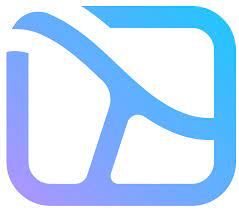794 reads
En route to Web 3.0 – The Promise of a Decentralized Internet
by
June 17th, 2022
Audio Presented by

Keep your privacy first with services and products that ensure user's data privacy with Telios.
About Author
Keep your privacy first with services and products that ensure user's data privacy with Telios.
Comments
TOPICS
Related Stories
10 Essential Essays on Bitcoin
Aug 07, 2020
10 Essential Essays on Bitcoin
Aug 07, 2020